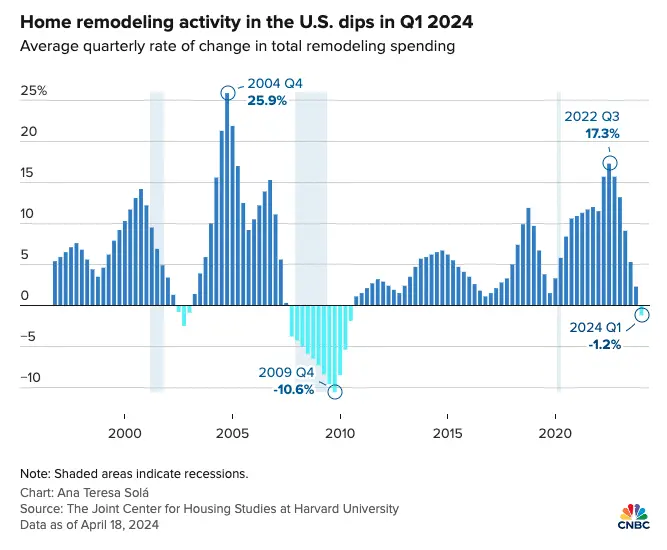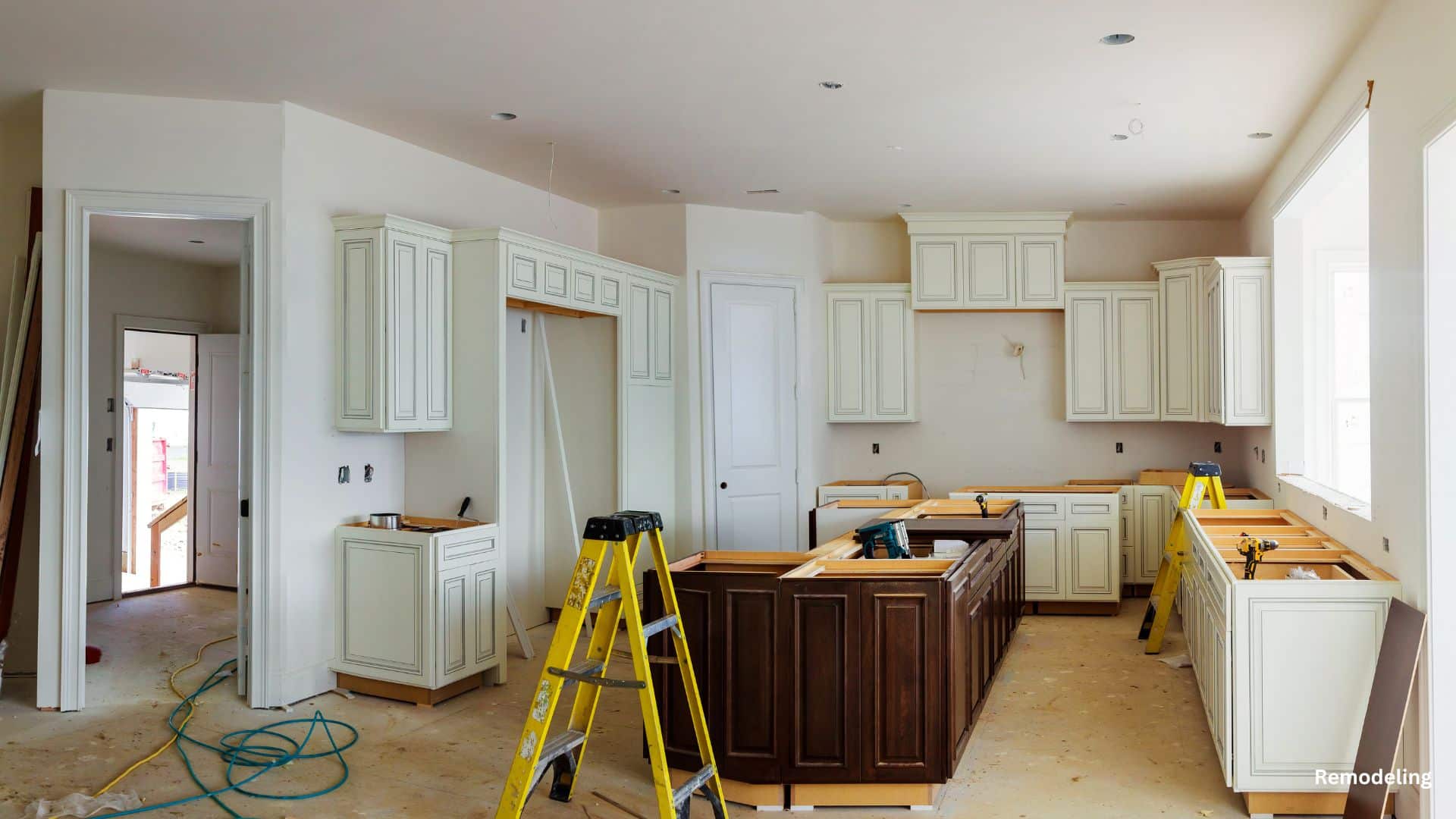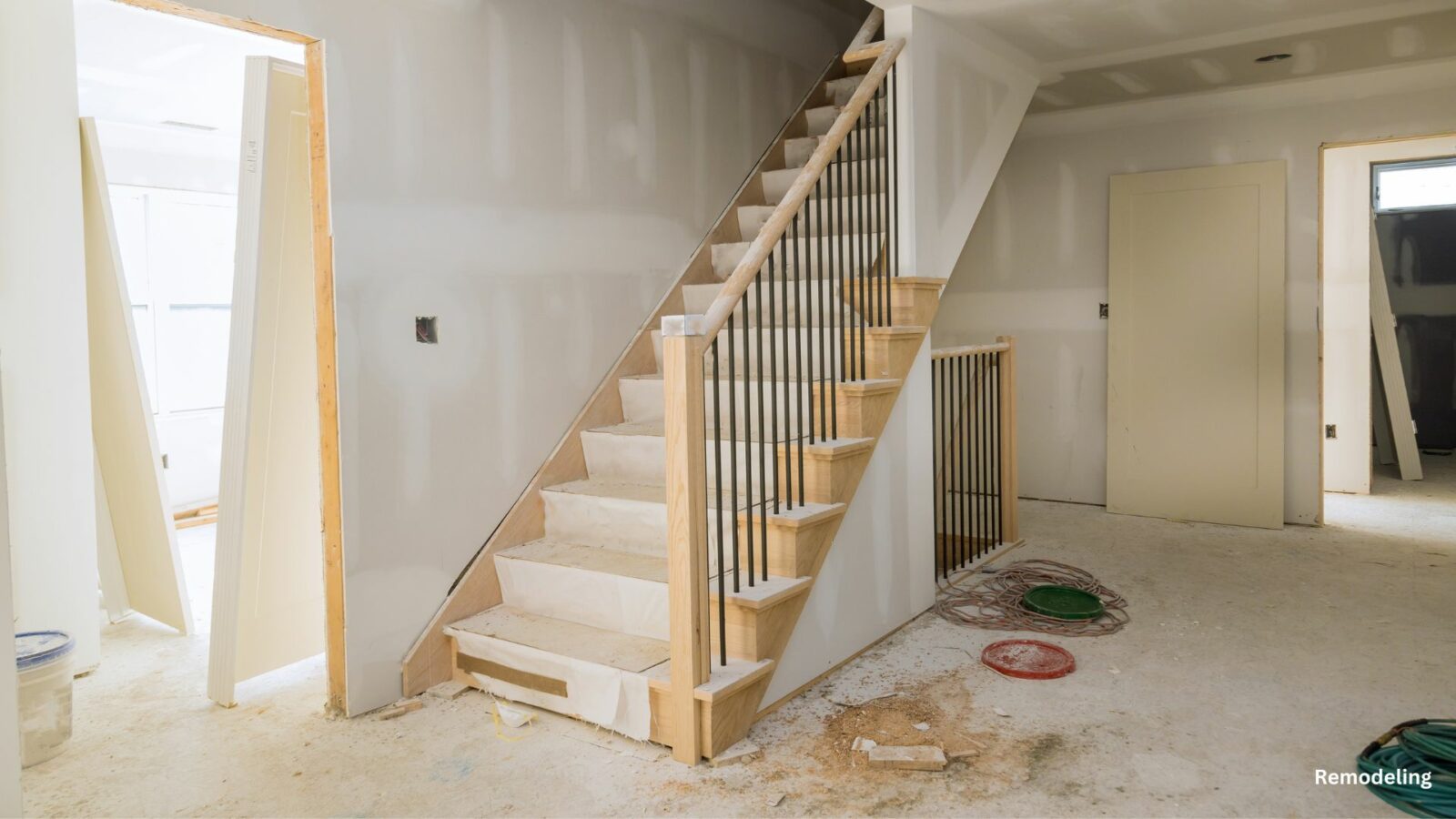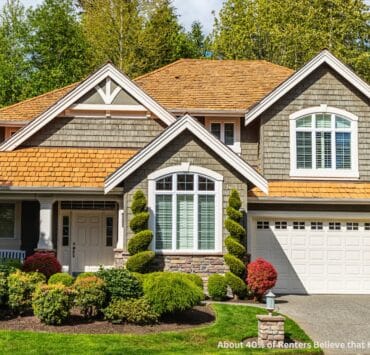The home remodeling decline has become a notable trend in 2024. Despite fewer homeowners undertaking renovation projects, the demand for home improvements remains strong. This shift highlights several key factors influencing the remodeling industry.

Factors Contributing to the Home Remodeling Decline
One primary reason for the home remodeling decline is economic uncertainty. Rising interest rates and inflation have made homeowners cautious about spending on large projects. Additionally, the increasing cost of materials and labor has deterred many from starting new renovations.
Another factor is the shift in housing market dynamics. With more people opting to stay in their homes longer, the urgency for major remodels has decreased. Instead, homeowners are focusing on smaller, essential upgrades rather than extensive renovations.

Impact on the Home Improvement Market
Despite the home remodeling decline, the home improvement market remains robust. Many homeowners still prioritize enhancing their living spaces, albeit with a more conservative approach. Smaller projects, such as energy-efficient upgrades and necessary repairs, are still in demand.

Contractors and remodelers have adapted to these changes by offering more cost-effective solutions. They focus on providing value through smaller projects that deliver high returns on investment, ensuring that their services remain attractive to budget-conscious homeowners.
Future Outlook
The future of the home remodeling industry will likely see continued adjustments to economic conditions. As the market stabilizes, we may see a resurgence in larger renovation projects. However, the lessons learned during this period of decline will shape how homeowners and professionals approach remodeling in the future.

The home remodeling decline reflects broader economic trends and shifts in homeowner priorities. By understanding these factors, homeowners and industry professionals can better navigate the current landscape and plan for future improvements.
Related posts:
 Affordable Rental Provider Repays $710K to Arlington County
Affordable Rental Provider Repays $710K to Arlington County
 Decline in Home Prices: Anticipating a Shift in 2024
Decline in Home Prices: Anticipating a Shift in 2024
 Maryland Governor Legislative Agenda: Military Families, Housing, and Public Safety in 2024
Maryland Governor Legislative Agenda: Military Families, Housing, and Public Safety in 2024
 Nashville’s Zoning Bills for Middle-Income Housing Spark Contentious Debate
Nashville’s Zoning Bills for Middle-Income Housing Spark Contentious Debate
 Tampa Affordable Housing Initiative Breaks Ground on New 188-Unit Building
Tampa Affordable Housing Initiative Breaks Ground on New 188-Unit Building



